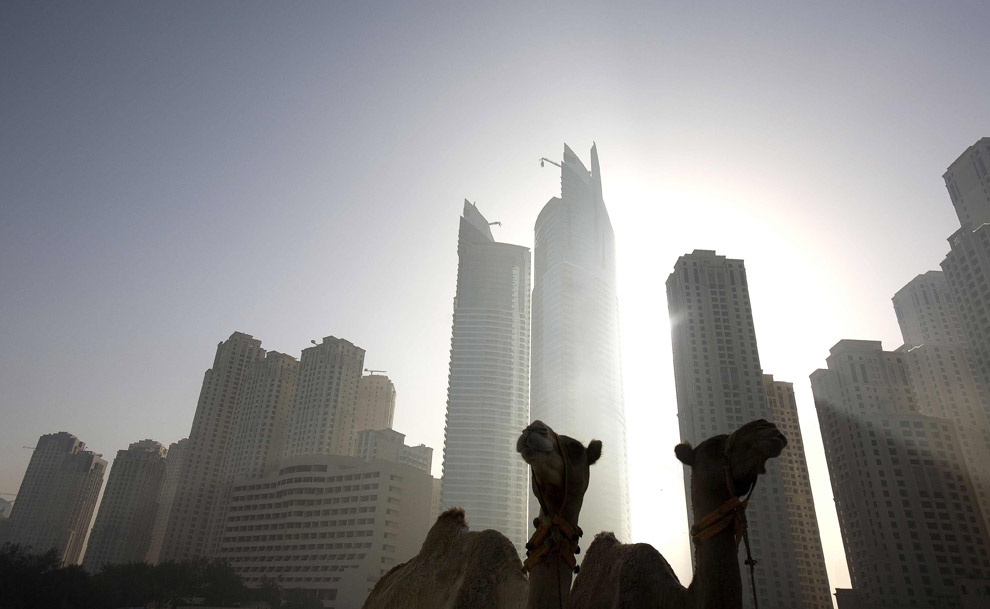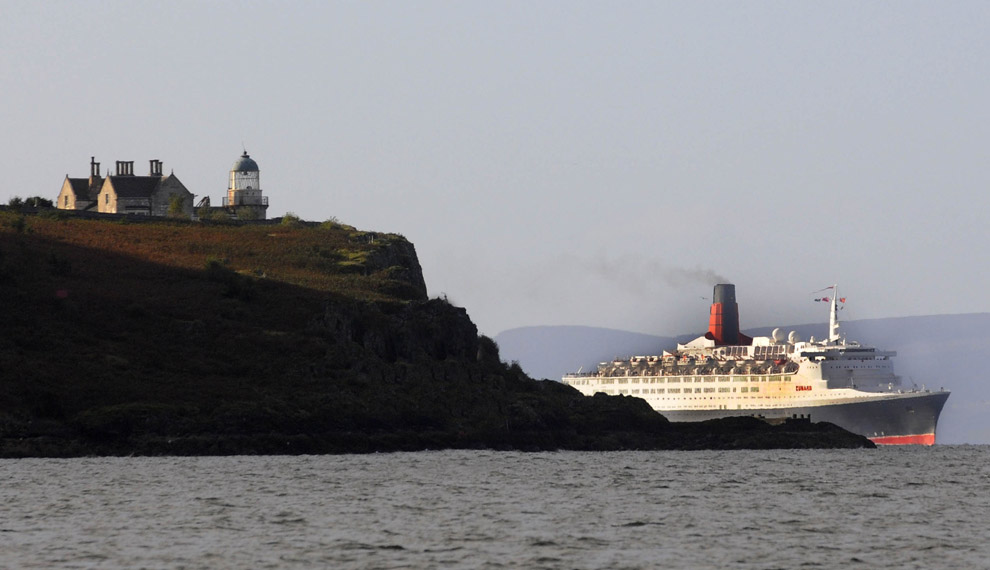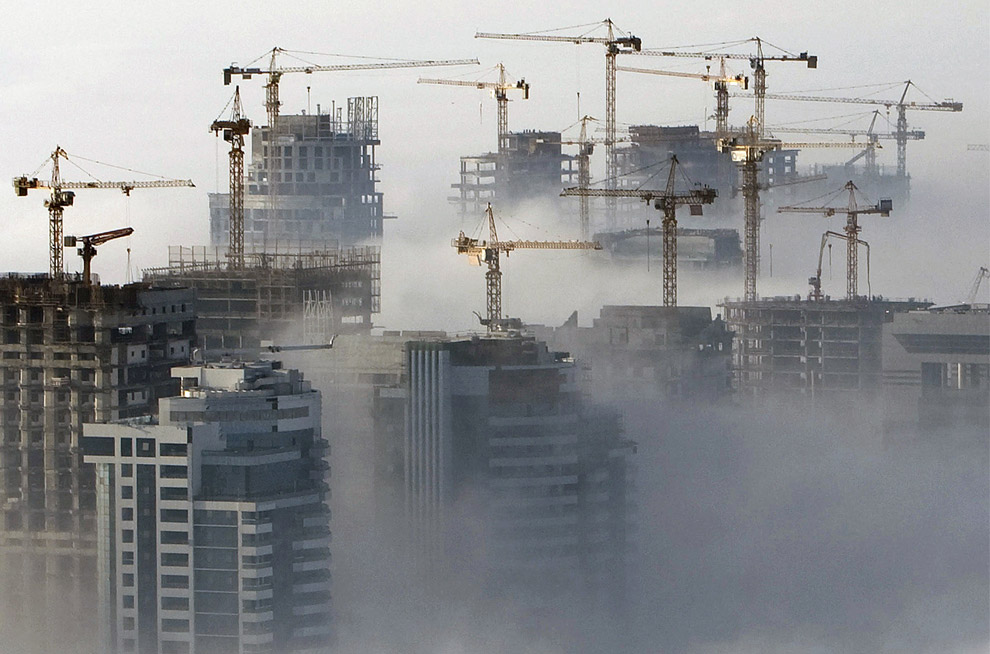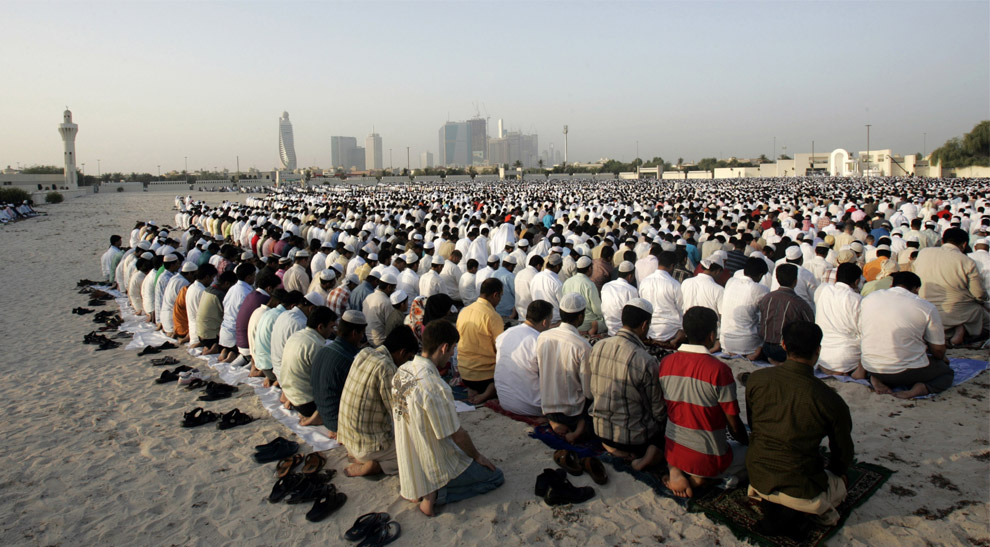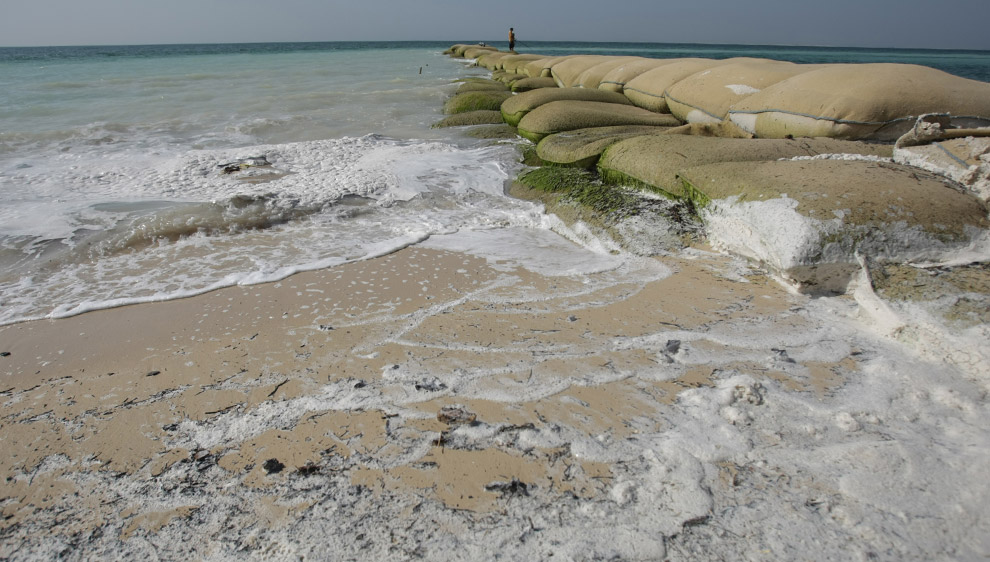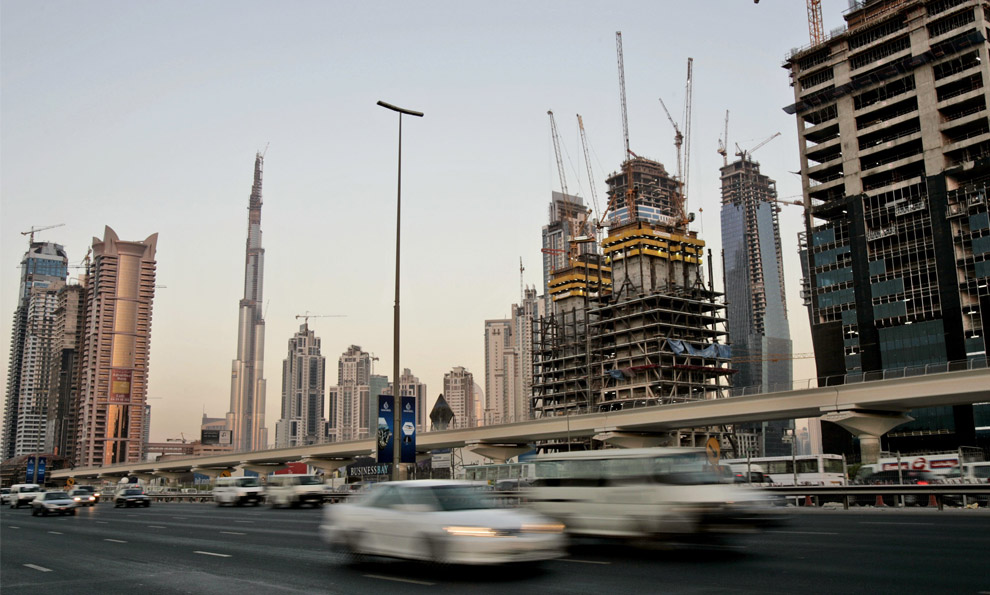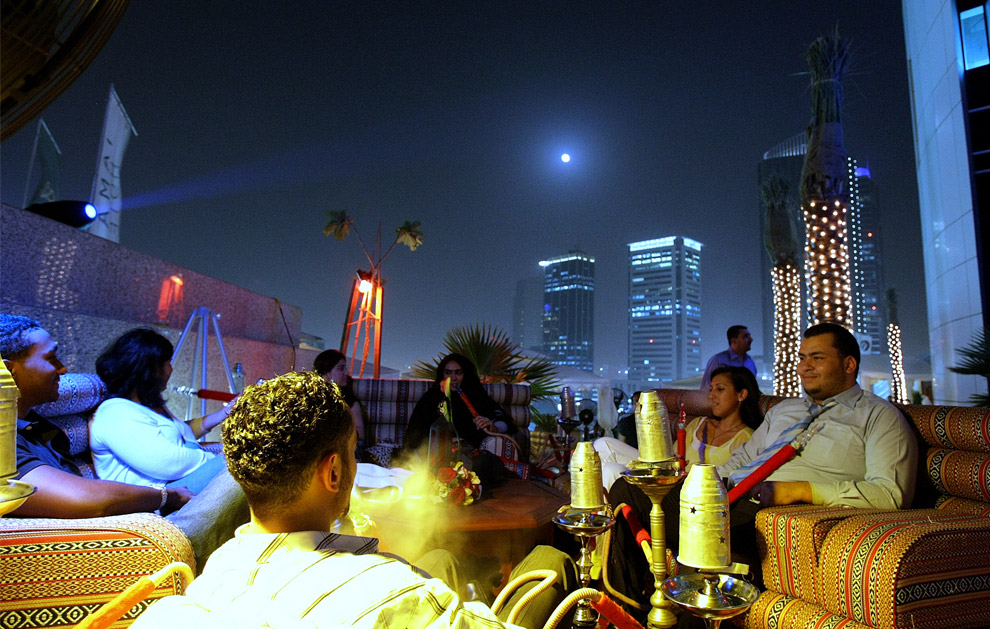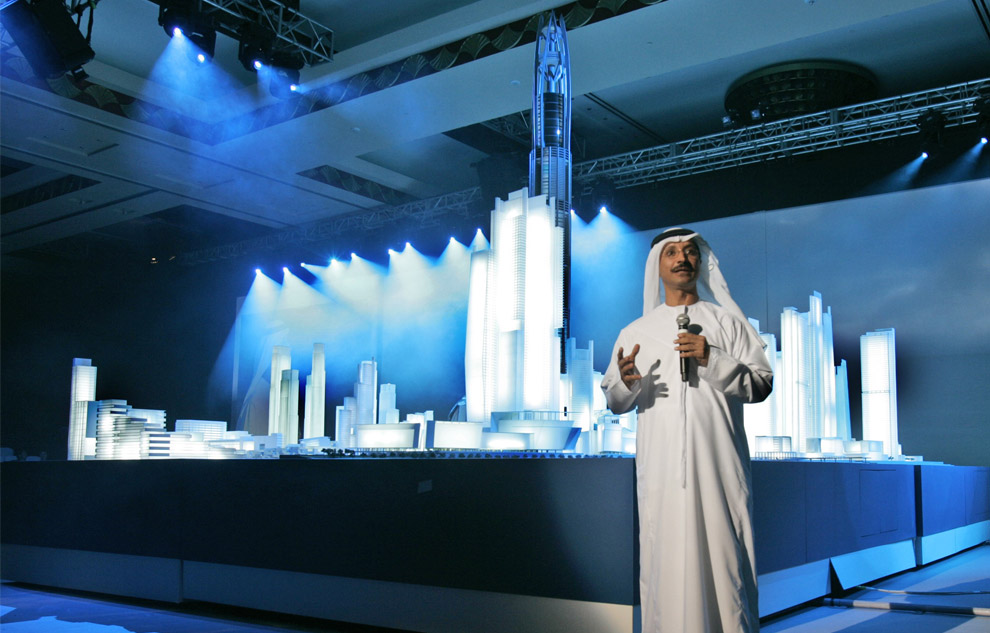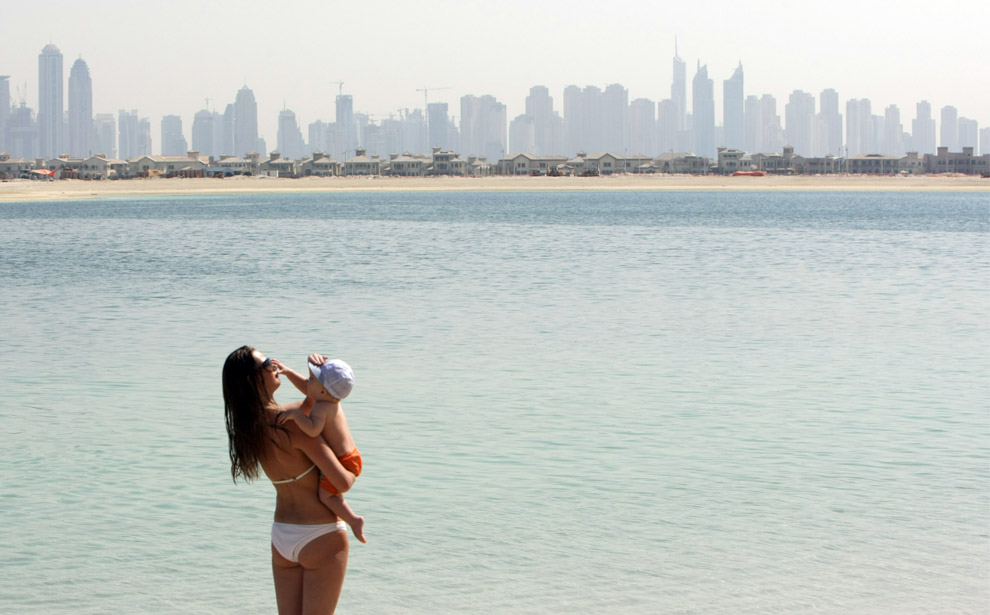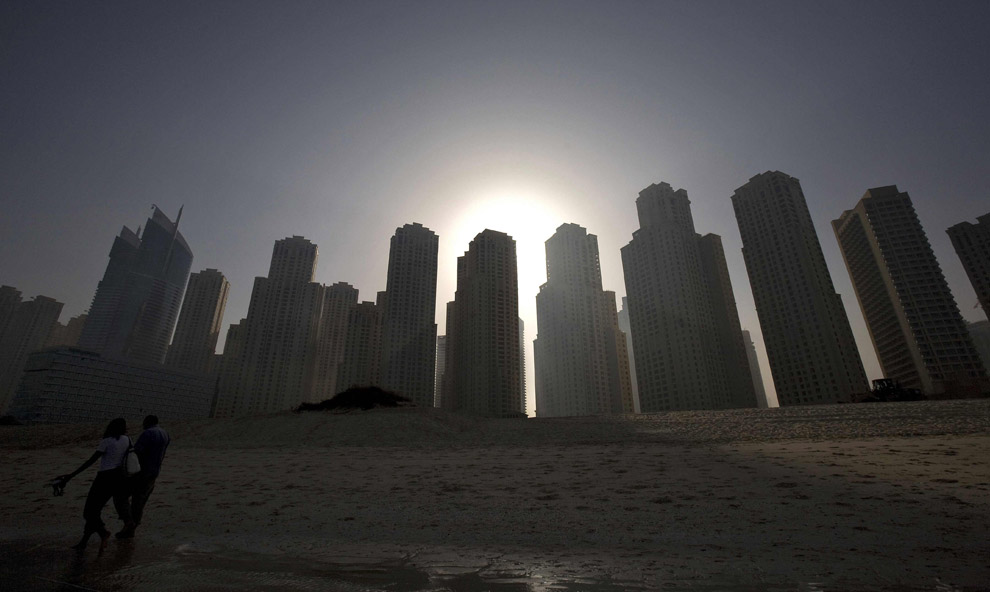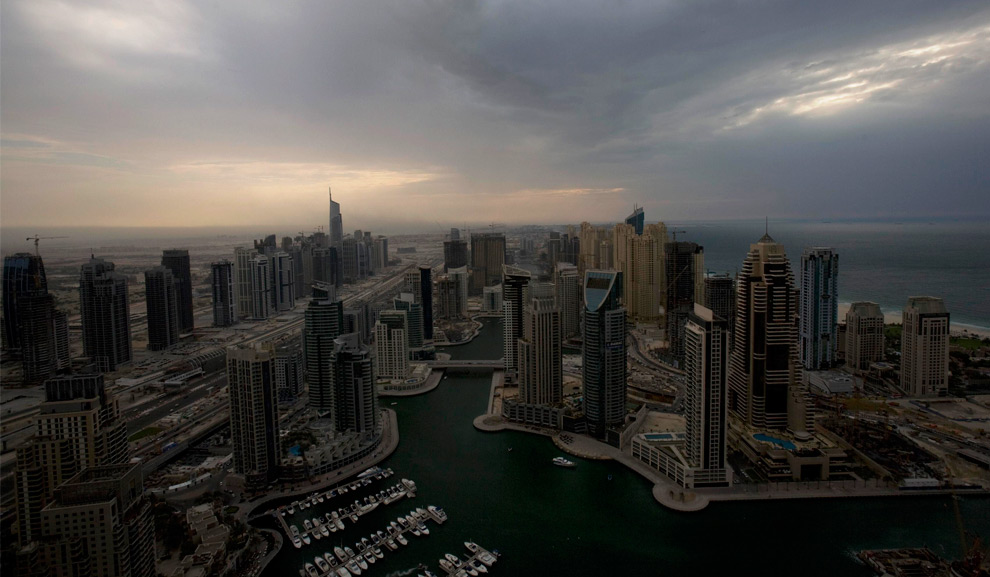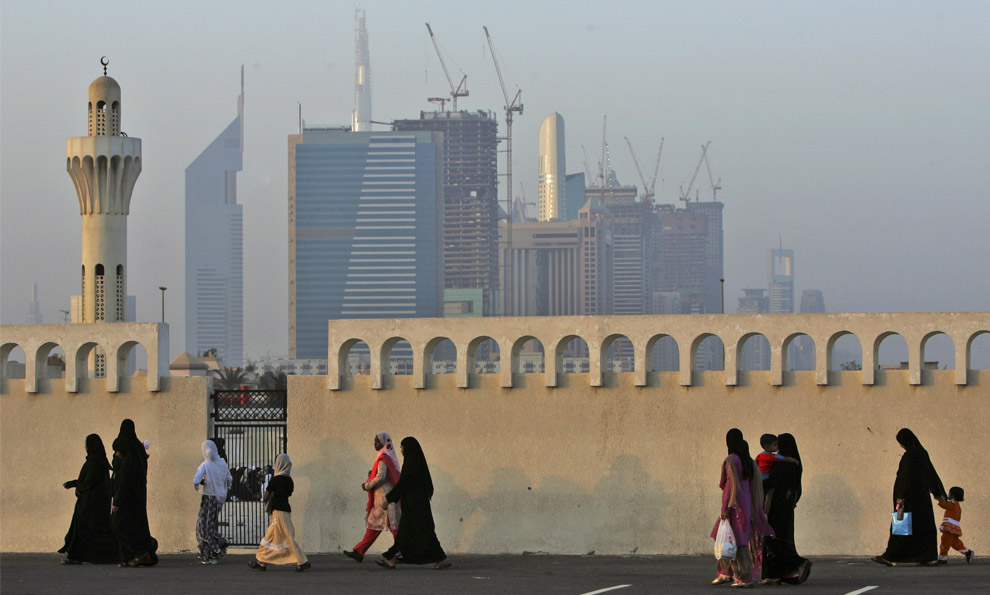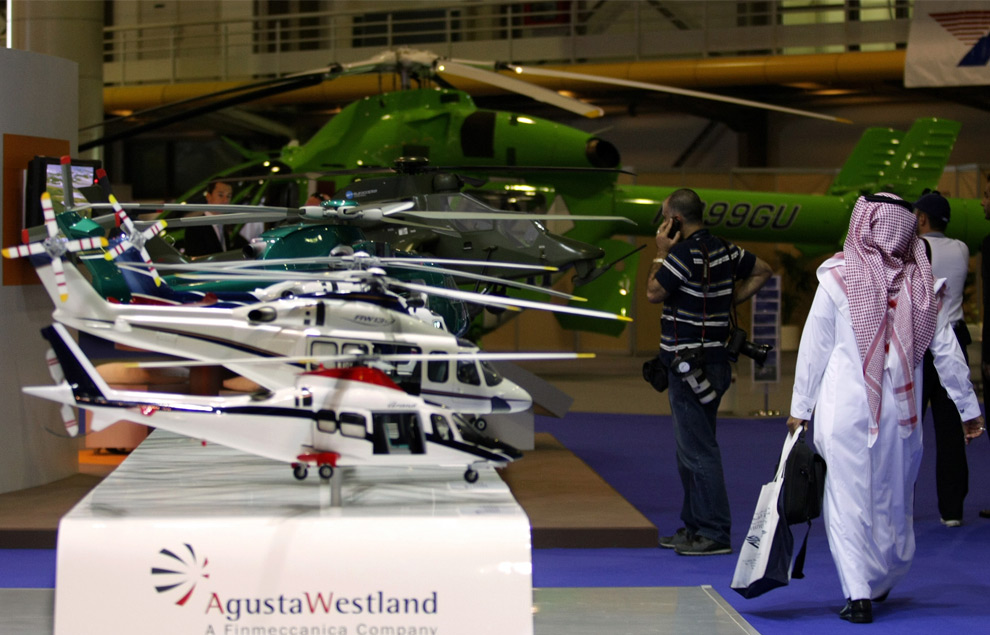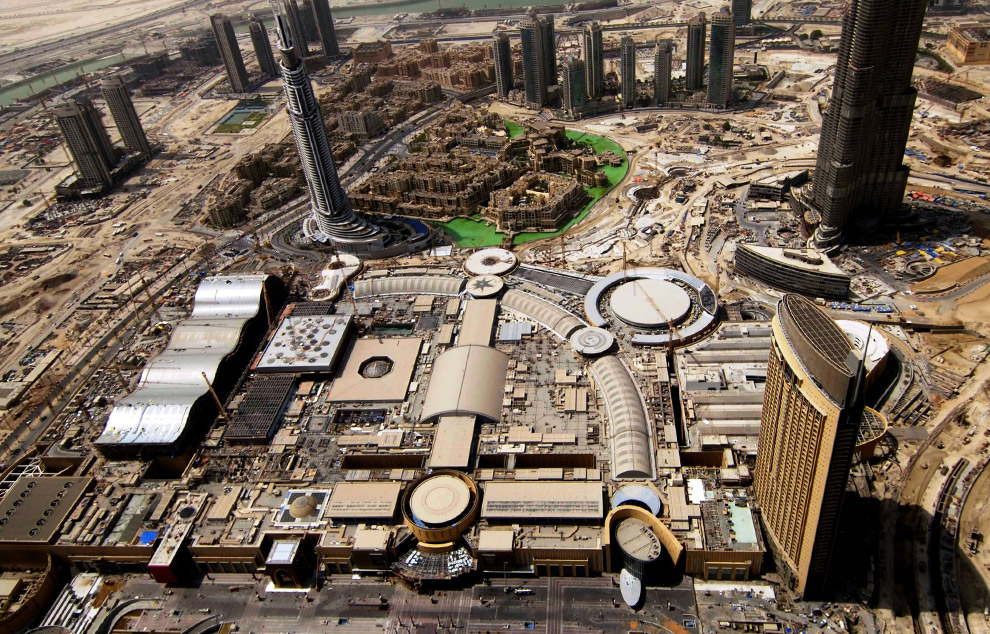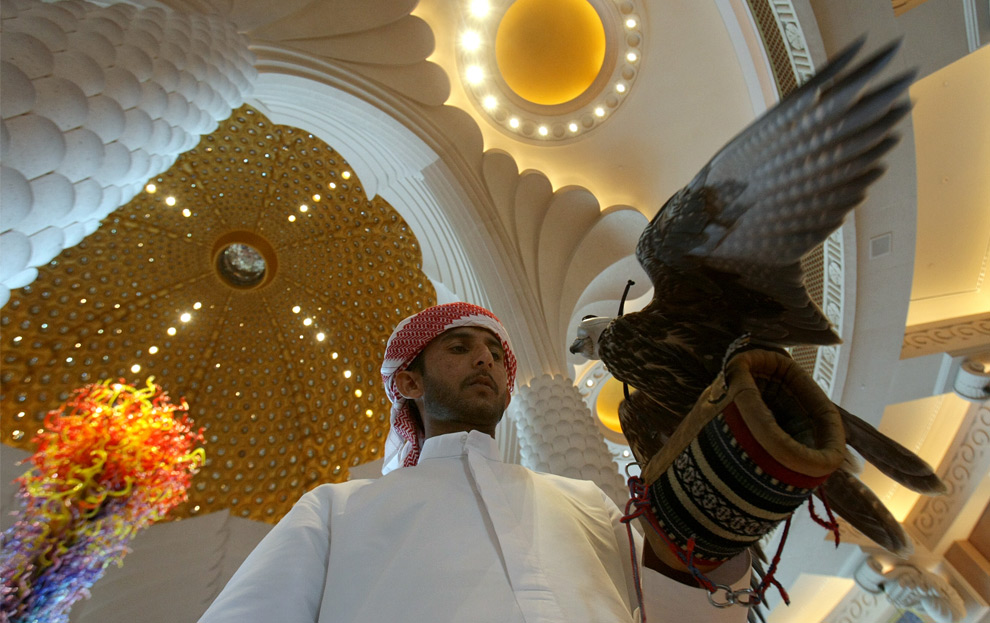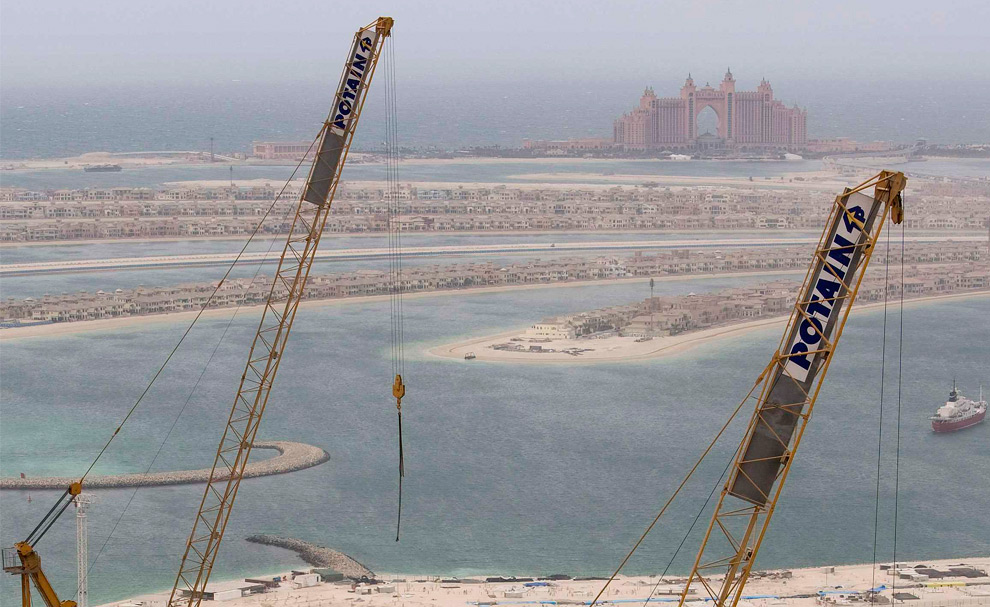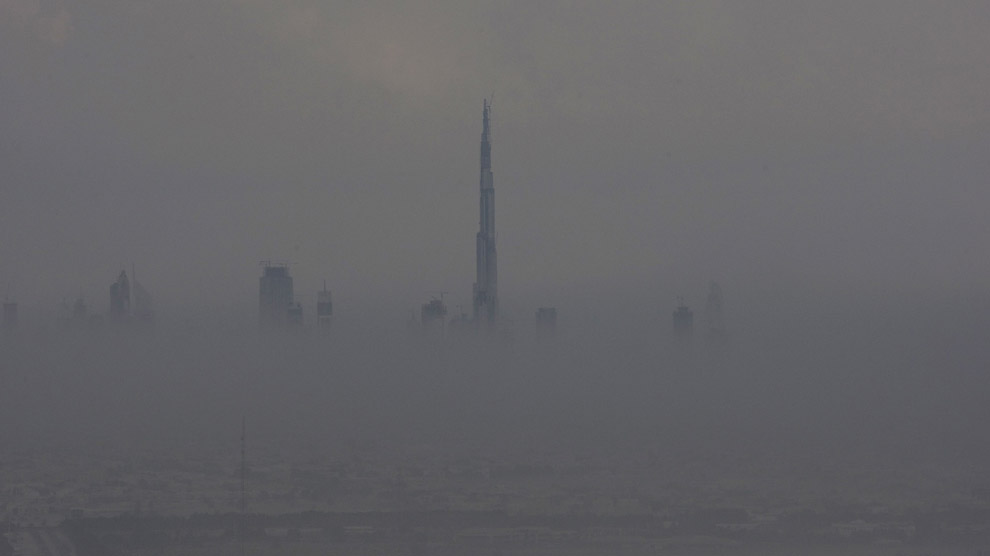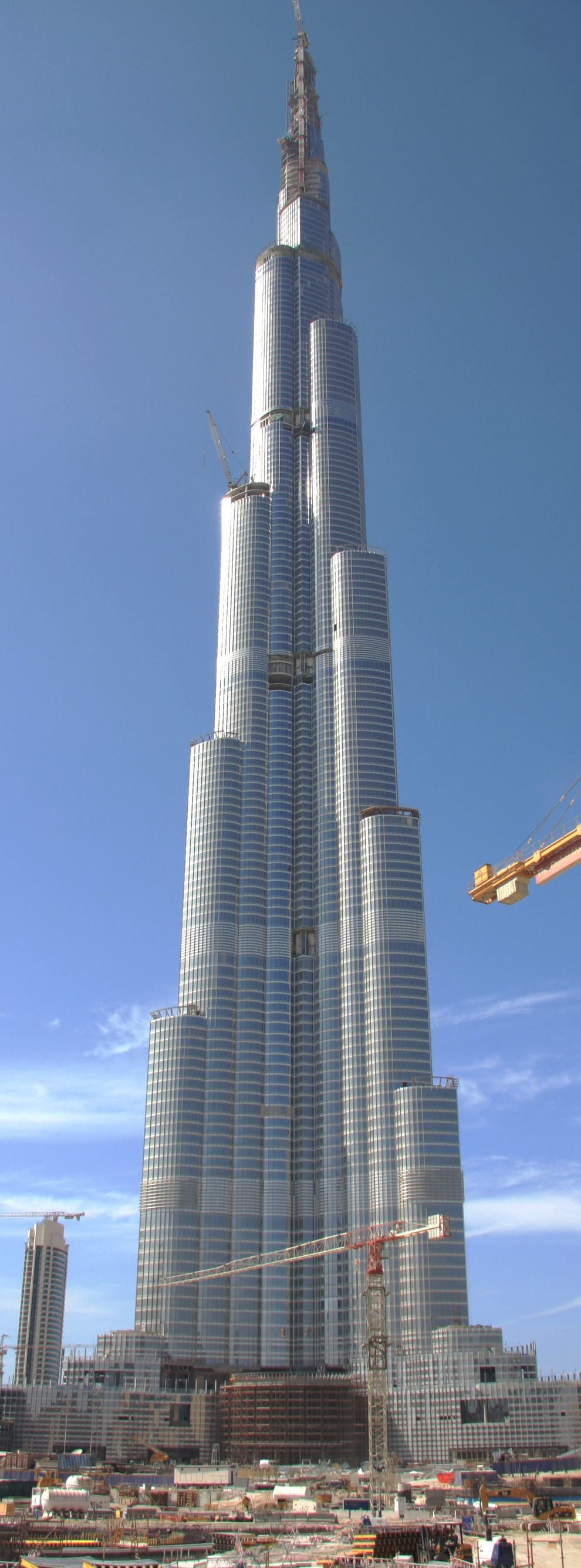Travel news - World Healthiest Countries
There are lots of reasons to envy residents of Northern Europe. Each day they get to take in raw, dramatic landscapes, stunning architecture and world-class shopping.
But, more important, they know a thing or two about health and wellness.
Forbes.com has found that the region is home to some of the world's healthiest countries, including top-ranking Iceland, Sweden and Finland.
Others that fared well include Germany, Switzerland, Australia, Denmark, Canada, Austria and the Netherlands.
"Historically, these countries had an ethic of having more of a nationalized health care system," says Kate Schecter, a program officer for the American International Health Alliance, a nonprofit that works to advance global health by helping nations with limited resources build sustainable infrastructure. "There's this mentality that health care should be a given right for citizens."
Despite the fact that an estimated 47 million Americans lack health insurance, the U.S . ranked 11. Rounding out the list, were Israel, the Czech Republic, Spain and France.
Behind The Numbers
To determine our list of the healthiest places to live in the world, Forbes.com looked at the latest available health and environmental statistics for every nation, from sources such as the World Health Organization, the World Bank and the UN.
But due to incomplete data, we ranked only the 138 nations with statistics in every measure. That's why you don't see countries such as Monaco, Norway, Malta, Belgium, Luxembourg, New Zealand, Ireland and Andorra--all of which had a shot of cracking the top 15 were they not missing information.
The statistics we examined included estimated air pollution in world cities; the percentage of a country's population with access to improved drinking water and sanitation; infant mortality rates; the rate of prevalence of tuberculosis; the density of physicians--generalists and specialists--per 1,000 people; undernourishment rates; and healthy life expectancies for men.
Beyond high marks for drinking water, sanitation and nourishment, which many countries achieved, Iceland and Sweden had some of the lowest levels of air pollution, infant mortality and rates of tuberculosis prevalence. They also both had the highest healthy life expectancies for men: 72 years.
Got a health concern? Weigh in. Add your thoughts in the Reader Comments section below and we'll try to address it in an upcoming story.
Healthy life expectancy statistics, in particular, say a lot about the welfare of a country's inhabitants, says Yohannes Kinfu, a statistician for the World Health Organization. Those nations with the highest numbers tend also to have high gross domestic products, as well as accessible health care systems and lower rates of infectious diseases, such as HIV/AIDS.
Research has shown that long-term exposure to air pollution can affect lung function and lead to premature death. Other nations with estimated low particulate matter concentrations, according to the World Bank, include France and Australia.
Countries' success in combating pollution is likely due to a mix of policies addressing the problem, enforcement of standards and the use of clean fuel, says Kiran Pandey, a senior environmental economist for the Global Environment Facility, an organization affiliated with the World Bank, and an author of the research. But some places, such as those located along coastlines, are simply luckier than others, since crosswinds can dilute air pollution, Pandey says.
Low infant mortality rates are indications of socioeconomic factors, such as household incomes, which can influence the kind of nutrition and health care a child receives and whether a family is knowledgeable about protection against infection, Kinfu says. The Czech Republic also had one of the world's lowest infant mortality rates.
And while a high number of doctors located in an area might not necessarily mean its residents are healthy, due to questions of access, it's generally a positive sign. Israel has a relatively high doctor density rate, according to the World Health Organization's World Health Statistics 2007.
While the average resident of any of these countries might take for granted or pay little attention to something like access to health care, these factors make a healthy nation, says Jen Kates, vice president and director of HIV/AIDS Policy for the Kaiser Family Foundation, a nonprofit, private foundation focused on major U.S. health care concerns, as well as global health.
"Everyone," Kates says, "needs to be aware that how we provide health care to people in a country is a critical issue."
But, more important, they know a thing or two about health and wellness.
Forbes.com has found that the region is home to some of the world's healthiest countries, including top-ranking Iceland, Sweden and Finland.
Others that fared well include Germany, Switzerland, Australia, Denmark, Canada, Austria and the Netherlands.
"Historically, these countries had an ethic of having more of a nationalized health care system," says Kate Schecter, a program officer for the American International Health Alliance, a nonprofit that works to advance global health by helping nations with limited resources build sustainable infrastructure. "There's this mentality that health care should be a given right for citizens."
Despite the fact that an estimated 47 million Americans lack health insurance, the U.S . ranked 11. Rounding out the list, were Israel, the Czech Republic, Spain and France.
Behind The Numbers
To determine our list of the healthiest places to live in the world, Forbes.com looked at the latest available health and environmental statistics for every nation, from sources such as the World Health Organization, the World Bank and the UN.
But due to incomplete data, we ranked only the 138 nations with statistics in every measure. That's why you don't see countries such as Monaco, Norway, Malta, Belgium, Luxembourg, New Zealand, Ireland and Andorra--all of which had a shot of cracking the top 15 were they not missing information.
The statistics we examined included estimated air pollution in world cities; the percentage of a country's population with access to improved drinking water and sanitation; infant mortality rates; the rate of prevalence of tuberculosis; the density of physicians--generalists and specialists--per 1,000 people; undernourishment rates; and healthy life expectancies for men.
Beyond high marks for drinking water, sanitation and nourishment, which many countries achieved, Iceland and Sweden had some of the lowest levels of air pollution, infant mortality and rates of tuberculosis prevalence. They also both had the highest healthy life expectancies for men: 72 years.
Got a health concern? Weigh in. Add your thoughts in the Reader Comments section below and we'll try to address it in an upcoming story.
Healthy life expectancy statistics, in particular, say a lot about the welfare of a country's inhabitants, says Yohannes Kinfu, a statistician for the World Health Organization. Those nations with the highest numbers tend also to have high gross domestic products, as well as accessible health care systems and lower rates of infectious diseases, such as HIV/AIDS.
Research has shown that long-term exposure to air pollution can affect lung function and lead to premature death. Other nations with estimated low particulate matter concentrations, according to the World Bank, include France and Australia.
Countries' success in combating pollution is likely due to a mix of policies addressing the problem, enforcement of standards and the use of clean fuel, says Kiran Pandey, a senior environmental economist for the Global Environment Facility, an organization affiliated with the World Bank, and an author of the research. But some places, such as those located along coastlines, are simply luckier than others, since crosswinds can dilute air pollution, Pandey says.
Low infant mortality rates are indications of socioeconomic factors, such as household incomes, which can influence the kind of nutrition and health care a child receives and whether a family is knowledgeable about protection against infection, Kinfu says. The Czech Republic also had one of the world's lowest infant mortality rates.
And while a high number of doctors located in an area might not necessarily mean its residents are healthy, due to questions of access, it's generally a positive sign. Israel has a relatively high doctor density rate, according to the World Health Organization's World Health Statistics 2007.
While the average resident of any of these countries might take for granted or pay little attention to something like access to health care, these factors make a healthy nation, says Jen Kates, vice president and director of HIV/AIDS Policy for the Kaiser Family Foundation, a nonprofit, private foundation focused on major U.S. health care concerns, as well as global health.
"Everyone," Kates says, "needs to be aware that how we provide health care to people in a country is a critical issue."
1. Iceland

Icelanders enjoy one of the world's highest healthy life expectancies (72 for men and 74 for women), giving them plenty of time with the country's mountains, glaciers, volcanoes, waterfalls and coastal lands. The country is also one of the world's least polluted. Ensuring Iceland’s top position is the country’s TB prevalence (2.2 per 100,000 people) and infant mortality rate (two deaths per 1,000 live births), both the world’s lowest. The country also has one of the highest physician densities, 3.62 per 1,000 people.
2. Sweden

Sweden's strong environmental policies helped it land the No. 2 spot on our list. Sweden's air is clean enough to place the country in the top three. Its infant mortality rate, three deaths per 1,000 live births, and TB prevalence, 4.6 per 100,000 people, are the lowest in the world. Keeping the country from first place is its physician density (3.28 physicians per 1,000 people), relatively high worldwide but lower than the top-spot country, Iceland.
3. Finland

Thirty years ago, this low-polluting country had the highest death rate from heart disease for men (around five deaths per 1,000). This drove local governments to encourage healthy living. Fruit and vegetable intake more than doubled since then and the number of smokers has dwindled. The death rate from heart disease is now down to one, on average, for the region. The country also has one of the world’s lowest infant mortality rates, or three deaths per 1,000 live births, and a low TB prevalence, or 4.8 per 100,000 people.
4. Germany

In Germany there is no waiting for appointments, no need for referrals to see a specialist and, until recently, you didn’t even pay for your taxi ride to the hospital. All this plus state of the art facilities come at a high price. The German health care system, one of the best in the world, is also one of the most expensive. The country’s total expenditure on health is 10.6 % of its GDP and pays for one of the highest physician densities on our list, 3.37 physicians per 1,000 people. Germany’s clean air solidified its position in the top
5. Switzerland
Switzerland spends over 11 % of its GDP on universal health coverage, the second-highest health spending per capita of all the countries considered. It has one of the world’s highest healthy life expectancies, or 71 for men and 75 for women. Its physician density, 3.61 per 1,000 members of the population, is also one of the highest on the list. Preventing the country from ranking higher is its air pollution estimate, the highest of the countries in the top five.
6. Australia
Australia's health care system is one of the best in the world. Got a less than squeaky-clean medical history, numerous past claims or just plain old age? No worries, mate! Down under, insurance companies are required to charge policyholders the same premiums regardless of one's status or past. Australia also received high marks for its air, among the world’s cleanest. Keeping Australia from making into the top five is its TB prevalence: 5.9 per 100,000 people.
7. Denmark
Danes pay between 42% and 59% of their incomes in taxes; about 8% of taxes goes to pay for the country’s universal health care coverage. Sadly, the Danish health care system isn’t super efficient. Long waits to see a doctor are common. The country’s physician density, 2.93 per 1,000 people, is one of the lowest on the list. Preventing the country from ranking higher but solidly placing it in the top 10 is the country’s healthy life expectancy, or 69 for males and 71 for females.
8. Canada
The Great White North has the list's lowest number of doctors per capita, or 2.1 for every 1,000. Still, Canadians enjoy one of the world's longest life expectancies and one of the lowest TB rates, or 3.6 per 100,000 people. A relatively high infant mortality rate, 5 deaths per 1,000 live births, also lands Canada in spot eight.
9. Austria

Austria’s ranking was negatively affected by the fumes and smog polluting its air. The country’s TB prevalence, 8.8 per 100,000 people, also kept the country from scoring higher. Austria did have a good infant mortality rate (4 deaths per 1,000 live births) and physician density (3.38 per 1,000 people) solidifying its position in the top 10.
10. Netherlands

Though the Netherlands is thought by many to offer one of the world's highest standards of living, the country failed to crack the list's top five. Its ranking was adversely affected by high pollution rates. The highly urbanized, densely populated nation suffers from water, air and soil contamination. Working in its favor, the country has a low TB rate, or 5.4 for every 100,000 people. The country’s healthy life expectancy, 70 for men and 73 for women, is average for the countries on the list.
11. United States

The U.S. spends over 15% of its gross domestic product on health care--with little to show for it. In 2006, almost 16% of the population lacked health insurance. Still, of the 15 countries on the list the U.S came out on top when measuring infant mortality rate. The country also has the second-highest healthy life expectancy. What's more, air pollution is relatively low, and the U.S. boasts one of the world's lowest TB rates.
12. Israel

Plagued by respiratory problems or concerned about clean air? Steer clear of Israel. It’s got one of the highest levels of air pollution of the countries on our list. You won’t be lacking vitamin D in this sunny country, however; it's one of the world's leaders in solar energy use. Also working for it: the list’s highest physician density rate, or 3.37 for every 1,000 people. Israel’s healthy life expectancy stood at 70 for males and 72 for females, average for the countries on our list.
13. Czech Republic

The Czech Republic has one of the list’s lowest healthy life expectancies--66 for men and 71 for women. The country’s less than stellar sanitation coverage and its TB prevalence rate, 10.8 per 100,000 people, prevented a higher ranking. Working in its favor? One of the world’s lowest infant mortality rates. In 1990, the number of deaths per 1,000 live births stood at 13. It's now 3.
14. Spain

The country's tuberculosis rate is the highest of all 15 countries, at 21.7 for every 100,000 people. Spain also has one of the highest air pollution estimates on the list. Its physician density, healthy life expectancy and infant mortality rate are average when compared with other countries on the list.
15. France

A stellar health care system and clean air landed France on the list. Working against it: the worst wastewater treatment standards of the top 15. Its tuberculosis rate--11 cases per 100,000 people, one of the highest on the list--also held it back. But there's good news for the country's chronically ill; France's high physician density measurement: 3.37 per 1,000 people.
Read more...
Labels:
Travel news
Travel and Tourism - Visiting Dubai and the UAE
>> Tuesday, March 30, 2010
Tomorrow will be the grand opening of the latest addition to the skyline of Dubai, United Arab Emirates (UAE). The Atlantis Palm Resort, with over 1,500 rooms, will be hosting an opening ceremony with celebrities from around the world tomorrow night. The rapid development in Dubai and across the UAE hasn't all been easy lately, as infrastructure problems (handling rising levels of waste to match massive development), and world financial struggles have slowed progress. Wealthy Dubai continues to grow though, in both land area as new islands are built, and in height as new, taller skyscrapers are planned to best the Burj Dubai, already the tallest in the world.
An Emirati man holds a falcon during the Abu Dhabi International Hunting and Equestrian Exhibition in Abu Dhabi on October 8, 2008. The annual exhibition has achieved great success both within the Gulf region and worldwide attracting international specialist exhibitors of guns, hunting vehicles, shooting, fishing, falconry, equipment and accessories.
British motorcyclist James West drives his 690 cc KTM Rally bike during preliminary super stage action in Dubai on October, 26 2008, one day before the official start of the UAE Desert Challenge Rally. More than 140 drivers took part in the five day rally.
The Queen Elizabeth 2 cruise liner enters the Firth of Clyde past Cumbrea Elbow lighthouse on October 5, 2008. The ship is making its final journey in November to Dubai to be re-fitted as a luxury floating hotel anchored off Palm Jumeirah, the world's largest man-made island.
A sculpture of an ant is seen in front of the Dubai International Financial Exchange October 7, 2008. Gulf Arab stock markets had slumped to multi-year lows as speculation intensified that a five-year property boom had come to an end and heavyweight financing firms would be forced to merge as credit conditions deteriorated.
Heavy fog rolls by high-rise constructions near the Dubai Marina in this November 21, 2007 file photo.
With a background of Sheikh Zayed highway's towers, Muslims of different nationalities perform the Eid al-Fitr prayers at Grand Musalla in Dubai, United Arab Emirates, Tuesday, Sept. 30, 2008.
Visitors look at a model of a proposed development entitled "City of Arabia" at the opening of the Cityscape 2008 international real estate exhibition in Dubai on October 6, 2008.
A man walks close to a polluted beach in the popular Jumeirah area in the Gulf Emirate of Dubai on October 25, 2008. News of a serious sea water pollution is causing worries in Dubai, especially after the municipality closed off one of the most popular beaches in the emirate.
With the world's tallest under construction tower, Burj Dubai, background left, vehicles pass by the under construction towers at the Business Bay in Dubai, United Arab Emirates, Monday, Oct. 27, 2008.
Arab clients smoke waterpipes after breaking their fast at a Ramadan tent in a five-star hotel in Dubai on September 16, 2008. Besides charity banquets for the poor during the fasting month of Ramadan, fancy tents that offer sumptuous meals at relevant prices flourish in the oil-rich Gulf emirate, attracting both locals and foreigners, Muslims and non-Muslims, many of whom exchange normal dinner outings with the sunset 'iftar' meal and late night 'suhur' snacks and waterpipes.
Burj Dubai, the tallest tower in the world, is seen in the background as labourers work at a construction site near the Dubai Mall, October 29, 2008. The Dubai Mall, one of the world's largest, has pushed back its opening on October 30 to five days later.
A handout picture made available on October 26, 2008 from the media office of Sheikh Mohammad bin Rashed al-Maktoum shows Sheikh Mohammad bin Rashid al-Maktoum, Vice President, Prime Minister and Defence Minister of the United Arab Emirates and Ruler of Dubai, walking through an aisle of the second Emirates Airline A380 superjumbo at Dubai international airport. The rich Gulf Emirate received the second A380 on October 24, 2008. Emirates, which is owned by the government of Dubai, is the largest customer of the A380. It has 58 on order in a deal worth about 18.8 billion dollars based on list prices.
Sultan Ahmed bin Sulayem, Chairman of Dubai World, talks to the audience about the Nakheel Harbour & Tower project, a more than 1 kilometer high tower in Dubai, United Arab Emirates,
A visitor to the man-made island of Palm Jumeirah in Dubai holds her baby at the sea shore on October 23, 2008.
Bulls push each other during a traditional bullfight in the Gulf emirate of Fujairah on November 7, 2008.
A handout picture made available by the Dubai Desert Challenge shows Russian driver Vladimir Chagin and his co-pilots Sergy Savostin and Antoly Tahin driving their Kamaz 4911 truck through the Liwa desert, south of Abu Dhabi, during the UAE Desert challenge Competition on October 30, 2008.
The scene over Dubai Marina late November 15, 2008. Dubai property shares plunged, last week, and its biggest private developer slashed jobs as the global financial crisis tightened its grip on the tiny emirate, until now synonymous with the Gulf Arab real estate boom.
Visitors looks up as fish swim in the aquarium tunnel in Dubai Mall, which covers the area of 50 soccer fields, November 4, 2008. The Dubai Mall, which officially opened on the 4th, includes the aquarium, one of the world's largest, an Olympic-sized ice rink, a gold souq and shops covering 5.9 million sq ft.
With a background of Sheikh Zayed highway's towers, Muslim women arrive at Grand Musalla to perform the Eid al-Fitr prayers in Dubai, United Arab Emirates, Tuesday, Sept. 30, 2008.
An Emirati man walks past helicopter models displayed at the Helishow exhibition in Dubai on November 12, 2008.
A handout picture made available by EMAAR Malls Group on October 30, 2008 shows an aerial view of Dubai Mall, one of the world�s largest shopping and entertainment destinations in the booming Gulf state.
An Emirati carries a falcon, one of the tourist attractions at the lobby of the Atlantis resort complex on the man-made Palm Jumeirah island in the Gulf emirate of Dubai on November 18, 2008.
Journalists watch a stingray swimming in the giant aquarium of the Atlantis hotel which is a part of $ 1.5 billion resort in Jumeira Palm Island in Dubai, United Arab Emirates, Wednesday, Sept. 17, 2008.
An early evening view of the Atlantis Hotel on the Palm Jumeirah with residential construction in the foreground late November 15, 2008.
An early evening hazy view of Dubai's skyline, dominated by the Burj Dubai skyscraper, seen late November 15, 2008.
The Burj Dubai on November 7, 2008 - the tallest manmade structure in the world, despite being still incomplete. The skyscraper stands at 707 meters (2,320 ft), with 160 floors and growing, and is scheduled to be complete by September of next year.
Subscribe to:
Comments (Atom)













